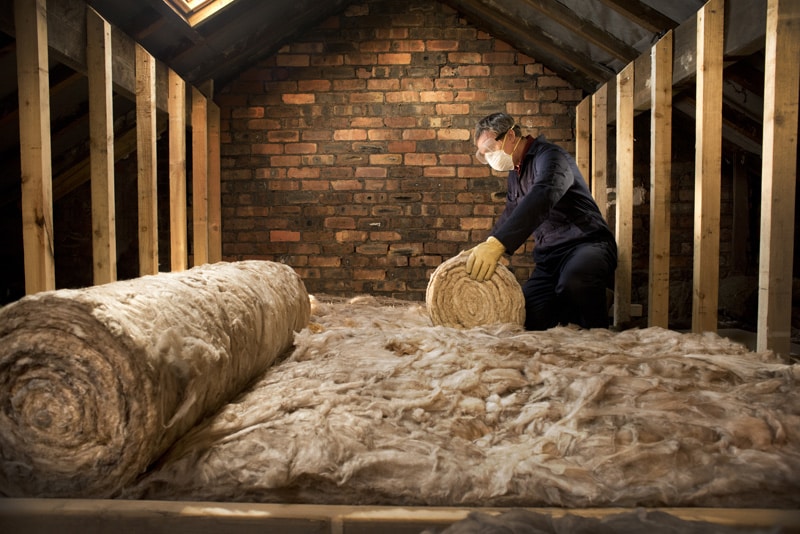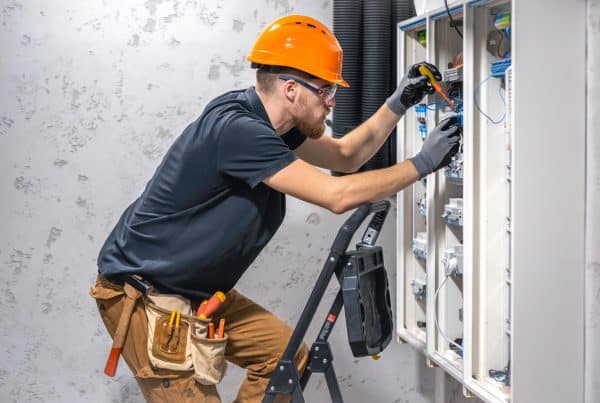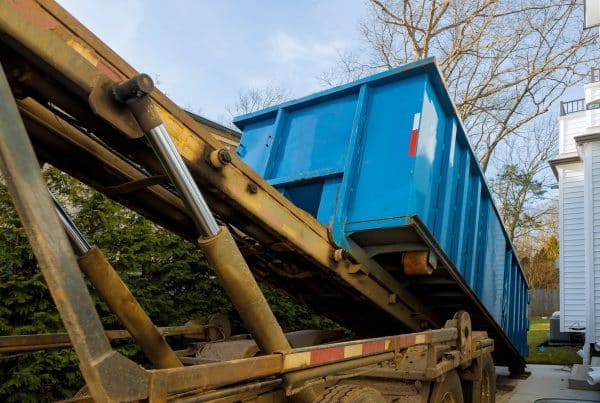As winter creeps closer and the nights get longer, many of us will be thinking about how to heat our houses efficiently over the coming months. If you are worried about the cost of heating your home this winter, especially under the shadow of rising gas and electricity prices, insulating your house is a great option if you want to stay warm and keep costs low.
There are many different types of insulation to choose from. Choosing the right one will save you money in the long run and make your home more economical, thereby adding value to its overall value.
Here are the different types of insulation you might want to consider.
What is insulation?
If you’re not 100% what insulation is, it’s a type of porous or fibre material that is placed within or outside the walls of your house, trapping air before it can escape. Insulation, in effect, creates an insulated layer around your home which makes it difficult for heat to escape and makes your home more energy efficient.
For a truly energy efficient home, insulate your home with different types of plumbing and heating equipment and avoid getting a nasty shock every time your energy bill comes through.
Loft insulation
Did you know that up to a quarter of heat is lost through the roof? Loft insulation is essential for anyone trying to save money on energy. Do a thorough job by insulating between and below the boards, making sure to line the roof and floors. Most lofts are insulated upon purchase of a house and new insulation should last anywhere between 80-100 years.
Cavity wall insulation
Any houses built after 1920 are likely to have cavity walls, meaning that there is a gap between the outer and inner wall. Add insulation to your walls by hiring a professional to fill this gap with a mixture of mineral wool and foam insulants. By insulating your cavity walls, you could save between £95 to £250 per year.
Pipe insulation
Pipe insulation is probably the easiest of the three to install. It consists of adding foam tubes to the exposed pipes between your hot water cylinder and boiler and can be done without the help of a professional. Simply check the size of your pipes and head to your local DIY store to buy the materials. It should only set you back around £20.
Which one is best?
Overall, roof insulation has the greatest effect in reducing heating bills. It might be expensive in the short term, but you will soon be reaping the rewards. However, a combination of all three is always the best scenario and will make significant savings on your bills.








